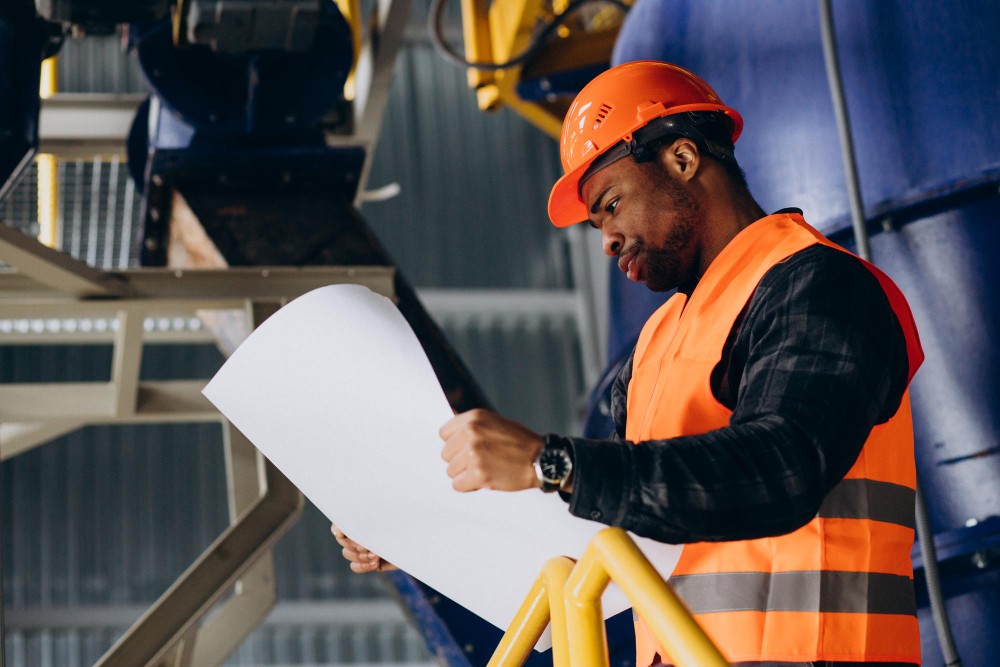
Predictive and Preventive Maintenance - A guide
Greenpeg Engineering
Your go-to company for Engineering Procurement, Industrial Distribution, Automation Services & Systems Integration.
Maintenance is crucial in industrial engineering as it affects the dependability, durability, and effectiveness of operations. These two methods have become popular in this field for their proactive approach to equipment maintenance: predictive and preventive maintenance.?
These techniques not only anticipate potential problems but also enhance resource utilization, minimize downtime, and promote a more seamless operational atmosphere.
Understanding Predictive Maintenance.
Predictive Maintenance is a crucial aspect of modern industrial engineering that utilizes advanced technologies and data-driven insights to predict potential machinery failures.
By incorporating IoT devices, sensors, and sophisticated analytics, it continuously monitors equipment in real time, analyzing performance metrics and identifying patterns that indicate impending breakdowns.?
This predictive ability allows for early detection of anomalies or signs of wear, enabling timely interventions. By strategically scheduling maintenance, it reduces unexpected downtimes, optimizes resource allocation, and minimizes unnecessary maintenance costs.
The integration of predictive maintenance leads to a shift from reactive to proactive maintenance strategies, improving overall equipment effectiveness.
Exploring Preventive Maintenance
On the other hand, scheduled preventive maintenance involves regular check-ups, maintenance, and repairs to avoid any possible equipment failures or damage. This approach is based on past records, manufacturer suggestions, and industry standards to keep the machinery in top-notch condition.
Although it may not be as accurate as predictive maintenance, preventive measures are proactive and greatly minimize the chances of sudden breakdowns, while also prolonging the equipment's lifespan. Lubrication, part replacements, and calibration are some of the common preemptive measures taken to prevent gradual wear and tear of the machinery.
Comparative Analysis
It is important to distinguish between predictive and preventive maintenance. Predictive maintenance uses data and real-time insights to anticipate problems, while preventive maintenance follows a set schedule to maintain equipment health.?
These two approaches work well together and can improve operational efficiency when integrated. The choice between them depends on factors such as equipment type, criticality, and operational context.?
By combining both methods, engineers can create a strong maintenance framework that ensures timely interventions and preserves equipment health.
领英推荐
Implementation
There are obstacles to implementing maintenance strategies, such as incorporating predictive technologies into current systems, training employees, and overcoming financial barriers.?
Nevertheless, the advantages of cost reduction, less downtime, and enhanced safety outweigh these challenges. It is essential to train a competent workforce that can utilize these technologies and create a culture that values preventive and predictive maintenance to achieve successful implementation.
Impact on Business Performance
The significance of predictive and preventive maintenance on operational efficiency and business performance cannot be emphasized enough. The measurable advantages consist of saving costs, boosting productivity, enhancing safety, and creating a more sustainable operational setting.
Furthermore, these approaches promote a safer work environment by reducing accidents and ensuring the welfare of employees. By preventing unforeseen failures and optimizing resources, industrial engineering processes can function more effectively, resulting in improved business performance and a competitive advantage in the market.
Challenges and future trends
Ongoing challenges still exist despite the potential benefits of predictive and preventive maintenance. The integration of new technologies, addressing workforce training needs, and adapting to industry trends are some of the challenges that need to be addressed.?
However, the future of maintenance in industrial engineering looks promising with the emergence of AI-driven predictive analytics, machine learning, and remote monitoring. These advancements have the potential to revolutionize maintenance practices by enabling more accurate predictions and proactive interventions.
In conclusion
The foundation of proactive and sustainable industrial engineering lies in predictive and preventive maintenance. By integrating these approaches, operational efficiency is improved, downtime is reduced, safety is enhanced, and the industrial ecosystem becomes more streamlined.
Adopting these methodologies goes beyond equipment preservation; it also safeguards productivity, profitability, and the future of industrial endeavors.
The combination of data-driven insights, technological advancements, and proactive strategies creates a smoother operational landscape and strengthens the reliable, efficient, and forward-thinking practices of industrial engineering.